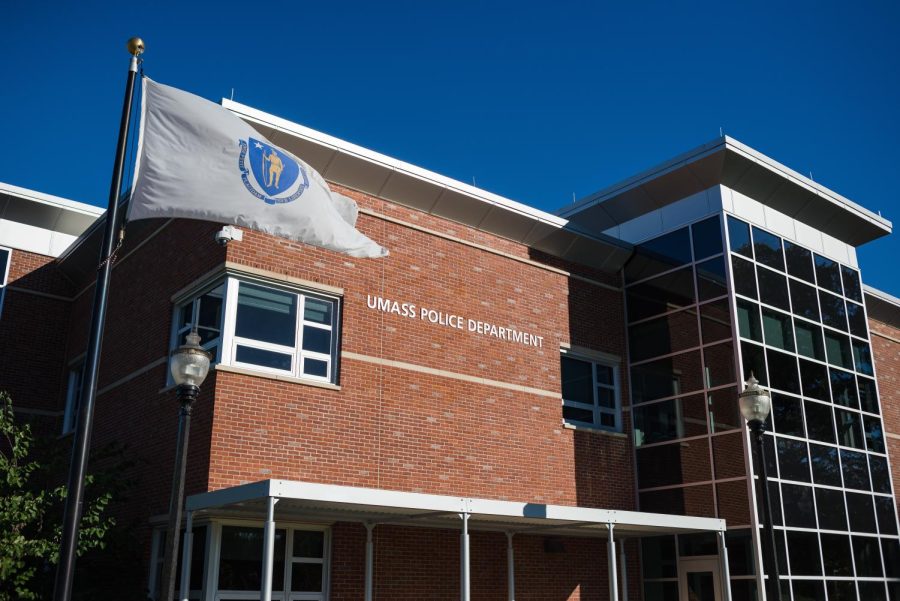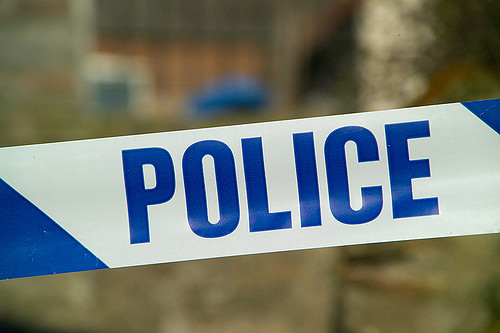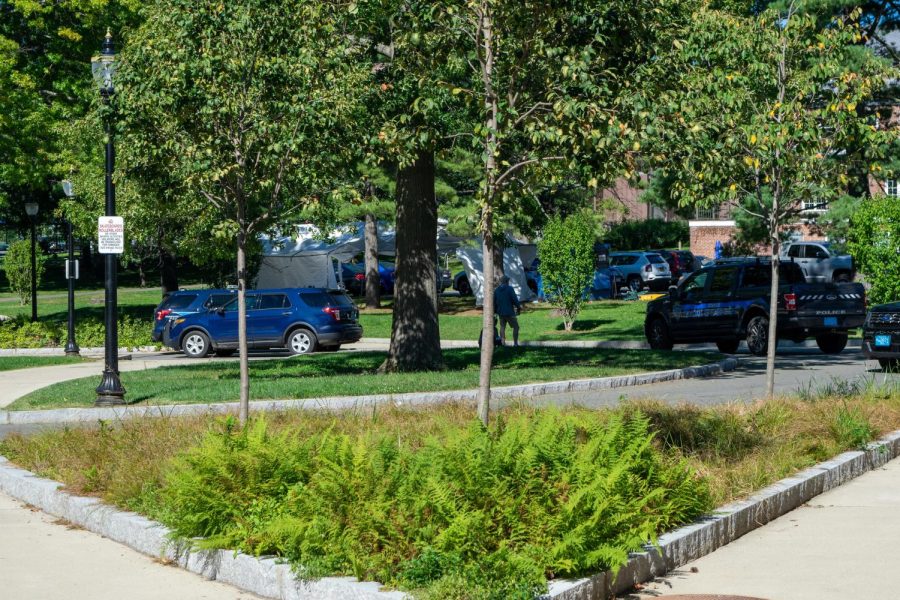Earlier this month, police officers at the University of California, Davis, released a 190-page report stating the incident involving police officers pepper spraying Occupy protestors on campus was preventable and should not have happened, according to the New York Times.
The incident went viral internationally, majorly in part to images revealing UC Davis police Lt. John Pike spraying protestors that sat nonviolently on the ground.
The report examines the miscommunication between authority figures on campus and the police, as well as pronouncing the leadership insufficient.
The report places some blame on UC Davis Chancellor Linda Katehi for failing to convey her desire for the officer to perform a “limited operation,” requiring the police to simply take the tents down and exert no other force.
Disobeying orders not to wear riot gear, the police donned their gear, batons and pepper spray, relying on past experience instead of orders.
According to the New York Times, there is a law prohibiting overnight camping, so police were encouraged to start dismantling tents after the sun set, but instead started the process at 3 p.m. on Friday, only two days after the protest began.
The report said that the legality of removing the tents during daylight is unclear, as it only violates the prohibition to camp at night.
According to the report, administrators and school officials were concerned for the safety of the students, believing people who did not attend the university would enter the campus and endanger UC Davis students. Annette Spicuzza, campus police chief, estimated approximately 80 percent of the protestors were not students, contrasting student affairs administrators that spoke with protestors and concluded a majority of the participants were students.
In response to the release, the New York Times said the campus police sued to stop its publication. The campus police stated it was an internal investigation, and their fight to keep it private slowed the release for over a month. UC Davis agreed to keep most names of the police officers private.
University of Massachusetts, Amherst Deputy Chief of Police, Patrick Archbald, spoke about peaceful protests at UMass in the past.
“We know that people out there are frustrated about a lot of things, and people need an avenue to be able to express that,” he said.
Archbald touched upon UMass’ smaller-scale Occupy movement on campus last semester.
“I, along with many of my officers, stopped by and had a conversation with them. They were very pleasant,” said Archbald. “The only arrangement we had with them is that we are just as responsible for their safety as anybody else’s, so if they get harassed by anyone or were approached and concerned, we ask that at least one person who might be staying over have a cell phone and speed dial the police department.”
In regards to the riot gear worn at a Southwest disturbance as well as a noontime rally, Archbald said the gear is not used to prompt fights, but to protect officers.
“We’re not wearing [riot gear] because we’re expecting fights; we’re wearing it to protect our employees,” he said. “We have a responsibility to see that all those people who come into work that night go home to their families.”
Finally, Archbald expressed his gratitude to protestors in the past who have always been compliant.
“We take pride in open communication, and we appreciate when people are going to have some sort of an action, whether it is employees in a job action or students marching from Whitmore to speak to the Chancellor, we appreciate when we get a call that that’s going to happen and we may have an officer on the look-out,” he said.












Raymond Torres • Apr 27, 2012 at 8:10 am
that was a great article thanks